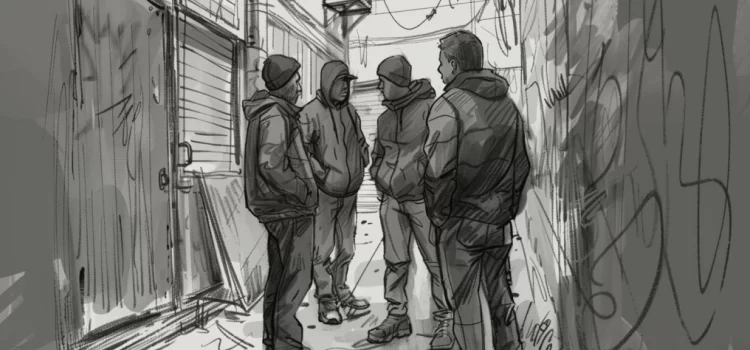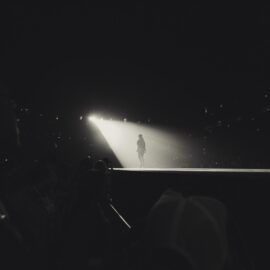
What does it take to truly understand a gang from the inside? How far would you go to gain that knowledge?
Sudhir Venkatesh spent years immersed in the world of the Black Kings, a Chicago street gang. His experience, detailed in Gang Leader for a Day, offers a unique glimpse into gang life. He lays out the challenges and ethical dilemmas he faced during his research.
Read on to dive into a world where academia meets the streets—and where trust can be both a lifeline and a burden.
Building Trust & Acceptance
Sudhir Venkatesh’s years of immersive fieldwork provide a deep understanding of the Black Kings gang in Chicago. Over several years, he had the rare opportunity to interact closely with the gang, fostering a deep and lasting connection with the leader and the gang members.
As Venkatesh spent considerable time observing the gang’s dynamics and conduct, he became a familiar figure in their community. The members recognized him as “the Indian man” who spent time in their circles, indicating his acceptance into their tight-knit group.
For nearly a decade, the gang members allowed Venkatesh to integrate into their community. They grew to trust him. This unique rapport and confidence led to Venkatesh’s profound understanding of the gang’s operations.
Navigating Risks & Ethical Dilemmas
In his investigation, Venkatesh navigates a treacherous landscape of ethical dilemmas, internal conflicts, and tangible challenges while researching a violent urban gang. He’s not just protecting himself; he’s also trying to balance loyalty to the gang with the demands of law enforcement and academia.
Venkatesh struggles to maintain equilibrium between his research duties and the trust he’s earned from the community. His relationship with JT, the gang’s leader, is particularly challenging. When JT offers research advice and shows concern for Venkatesh’s safety, it touches Venkatesh in unexpected ways, highlighting the delicate balance he must maintain.
As Venkatesh becomes deeply involved in the community’s daily life, he faces internal conflicts. He’s uneasy about how he documents his observations and the mental toll of witnessing violence. This tension is evident in his fear of repercussions for documenting illegal activities and his empathetic interactions with community members like the residential complex leader.
The research exposes Venkatesh to significant dangers. He faces threats after mediating a conflict among gang affiliates, and Otis demonstrates the potential peril with a shattered bottle. JT’s constant warnings about the lack of security guarantees underscore the persistent risks of researching in such settings.
Venkatesh must carefully manage sensitive information from within the gang. His immersion in the community’s clandestine activities and the trust placed in him by key figures, like Ms. Bailey, exemplify his ongoing struggle to navigate conflicting pressures from different worlds.
As Venkatesh’s academic pursuits become entangled with the gang’s political maneuvers and interactions with the police, his work grows more complex. He must consider potential legal obligations and ethical considerations, such as reporting criminal conduct, while maintaining relationships and his scholarly objectives.
Venkatesh’s neutrality is tested when he witnesses gang-initiated violence and chooses to remain a non-intervening observer. He’s faced with a difficult decision: betray the community’s trust and risk their anger, or stay quiet and potentially allow continued violence and injustice.
Ultimately, Venkatesh’s narrative reveals a nuanced balance where emotional, ethical, and physical dangers are as integral to the lives and stories of those involved as they are to his personal reflections.






